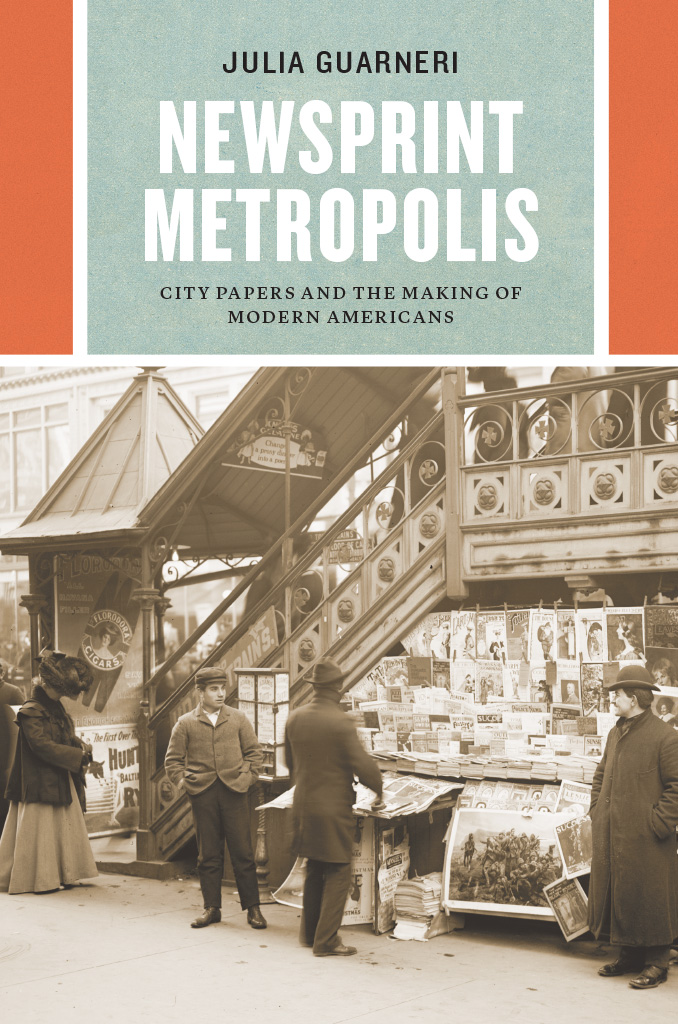
Newsprint Metropolis

Edited by Lilia Fernndez, Timothy J. Gilfoyle, Becky M. Nicolaides, and Amanda I. Seligman James R. Grossman, Editor Emeritus
RECENT TITLES IN THE SERIES:
Kyle B. Roberts, Evangelical Gotham: Religion and the Making of New York City, 17831860
Timothy Neary, Crossing Parish Boundaries: Race, Sports, and Catholic Youth in Chicago, 19141954
Julia Rabig, The Fixers: Devolution, Development, and Civil Society in Newark, 19601990
Amanda I. Seligman, Chicagos Block Clubs: How Neighbors Shape the City
Aaron Shkuda, The Lofts of SoHo: Gentrification, Art, and Industry in New York, 19501980
Mark Krasovic, The Newark Frontier: Community Action in the Great Society
Ansley T. Erickson, Making the Unequal Metropolis: School Desegregation and Its Limits
Andrew L. Slap and Frank Towers, eds., Confederate Cities: The Urban South during the Civil War Era
Evan Friss, The Cycling City: Bicycles and Urban America in the 1890s
Ocean Howell, Making the Mission: Planning and Ethnicity in San Francisco
Benjamin Looker, A Nation of Neighborhoods: Imagining Cities, Communities, and Democracy in Postwar America
Nancy H. Kwak, A World of Homeowners: American Power and the Politics of Housing Aid
Andrew R. Highsmith, Demolition Means Progress: Flint, Michigan, and the Fate of the American Metropolis
Lila Corwin Berman, Metropolitan Jews: Politics, Race, and Religion in Postwar Detroit
Gillian OBrien, Blood Runs Green: The Murder That Transfixed Gilded Age Chicago
Marta Gutman, A City for Children: Women, Architecture, and the Charitable Landscapes of Oakland, 18501950
N. D. B. Connolly, A World More Concrete: Real Estate and the Remaking of Jim Crow South Florida
Cindy R. Lobel, Urban Appetites: Food and Culture in Nineteenth-Century New York
Jeffrey Helgeson, Crucibles of Black Empowerment: Chicagos Neighborhood Politics from the New Deal to Harold Washington
Christopher Lowen Agee, The Streets of San Francisco: Policing and the Creation of a Cosmopolitan Liberal Politics, 19501972
Camilo Jos Vergara, Harlem: The Unmaking of a Ghetto
Sarah Jo Peterson, Planning the Home Front: Building Bombers and Communities at Willow Run
Lawrence J. Vale, Purging the Poorest: Public Housing and the Design Politics of Twice-Cleared Communities
Lilia Fernndez, Brown in the Windy City: Mexicans and Puerto Ricans in Postwar Chicago
A complete list of series titles is available on the University of Chicago Press website.
Newsprint Metropolis
City Papers and the Making of Modern Americans
Julia Guarneri
The University of Chicago Press
Chicago and London
Publication of this book has been aided by a grant from the Neil Harris Endowment Fund, which honors the innovative scholarship of Neil Harris, the Preston and Sterling Morton Professor Emeritus of History at the University of Chicago. The Fund is supported by contributions from the students, colleagues, and friends of Neil Harris.
Publication of this book has been supported by Furthermore: a program of the J. M. Kaplan Fund.
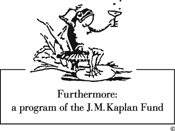
The University of Chicago Press, Chicago 60637
The University of Chicago Press, Ltd., London
2017 by The University of Chicago
All rights reserved. No part of this book may be used or reproduced in any manner whatsoever without written permission, except in the case of brief quotations in critical articles and reviews. For more information, contact the University of Chicago Press, 1427 E. 60th St., Chicago, IL 60637.
Published 2017.
Printed in the United States of America
26 25 24 23 22 21 20 19 18 17 1 2 3 4 5
ISBN-13: 978-0-226-34133-0 (cloth)
ISBN-13: 978-0-226-34147-7 (e-book)
DOI: 10.7208/chicago/[9780226341477].001.0001
Library of Congress Cataloging-in-Publication Data
Names: Guarneri, Julia, author.
Title: Newsprint metropolis : city papers and the making of modern Americans / Julia Guarneri.
Other titles: Historical studies of urban America.
Description: Chicago ; London : The University of Chicago Press, 2017. |
Series: Historical studies of urban America | Includes bibliographical references.
Identifiers: LCCN 2016058657| ISBN 9780226341330 (cloth : alk. paper) | ISBN 9780226341477 (e-book)
Subjects: LCSH: American newspapersHistory19th century. | American newspapersHistory20th century. | American newspapersSocial aspects. | News audiencesUnited States. | City dwellersUnited States. | Cities and townsUnited StatesHistory. | UrbanizationUnited StatesHistory19th century. | UrbanizationUnited StatesHistory20th century.
Classification: LCC PN4864 .G83 2017 | DDC 071/.309034dc23
LC record available at https://lccn.loc.gov/2016058657
 This paper meets the requirements of ANSI / NISO Z39.481992 (Permanence of Paper).
This paper meets the requirements of ANSI / NISO Z39.481992 (Permanence of Paper).
Contents
In February of 1911, identical ads appeared in the newspapers of fifty-six different American cities. We need your viewpoint, the ads said, and we ask you to answer these six questions:
1. What local newspaper do you read regularly?
2. How are your opinions influenced by its editorials?
3. Do you as a rule believe what you read in the news columns?
4. What feature or department do you value most?
5. What criticisms, if any, have you to make?
6. Which local newspapers exert a good, and which a bad, influence on your community?
Colliers Weekly magazine was conducting a national survey of newspaper readers as part of a year-long investigation into the history and influence of the press. The ads offered fifty-dollar prizes for the best essay from each of the fifty-six cities. In the three months before the deadline, Colliers received ten thousand essays from every state and territory in the nation.
Colliers began by asking people which local newspaper they read regularly because nearly all American cities housed multiple daily papers. Like true Americans, explained Egmont H. Arens in his essay for Colliers, the citizens of Albuquerque must have the news. It is an essential of modern life. Everybody in town has one of the papers, and a great many of us read both the morning and evening sheets.fat with new sections, ads, and special features, readers could easily find something to love in each of them.
The ten thousand responses to the Colliers contest sounded some consistent notes. Readers tended to believe the news reports printed in their papers, but insisted that the editorials did not influence them. They scorned the sensationalism that had spread from San Francisco and New York papers into their hometowns, but they appreciated the investigative reporting these same papers performed. Essay writers clearly felt that their choice of newspaper spoke to the kind of person they were. Mr. Chamberlain believed that, by choosing the Chicago Tribune, he was choosing self-improvement: It brings to a mind like mine, which has a breadth of thought on things current, the depth which it needs.

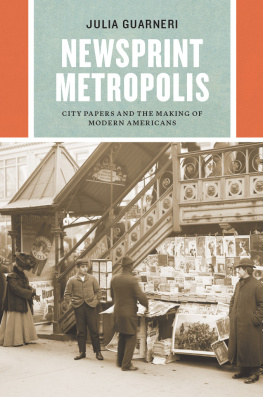
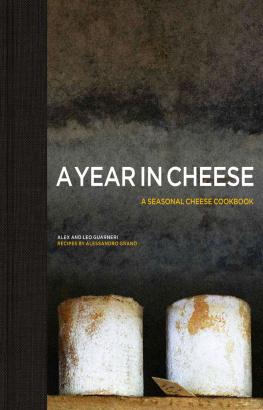

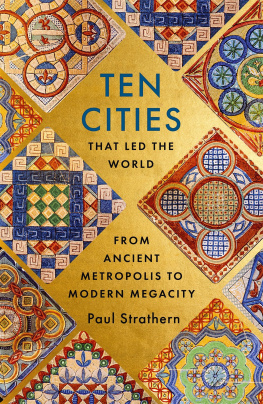
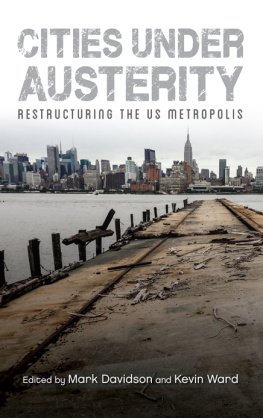
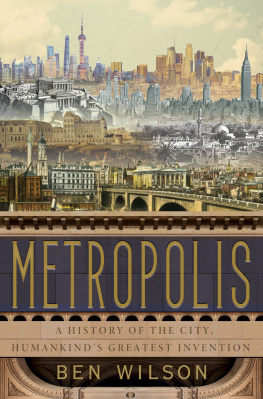
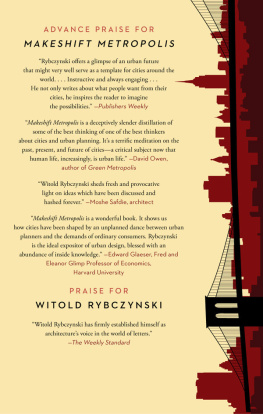
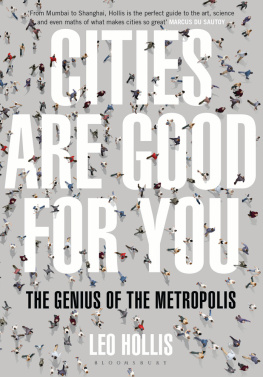
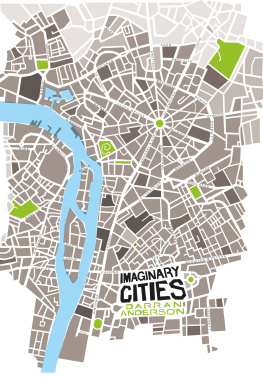
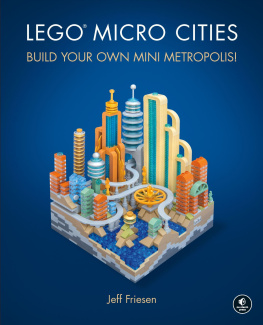
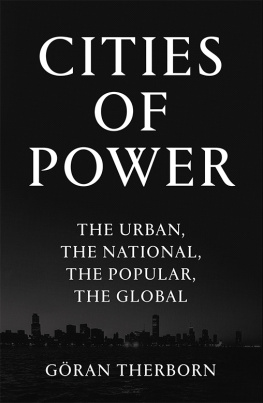



 This paper meets the requirements of ANSI / NISO Z39.481992 (Permanence of Paper).
This paper meets the requirements of ANSI / NISO Z39.481992 (Permanence of Paper).